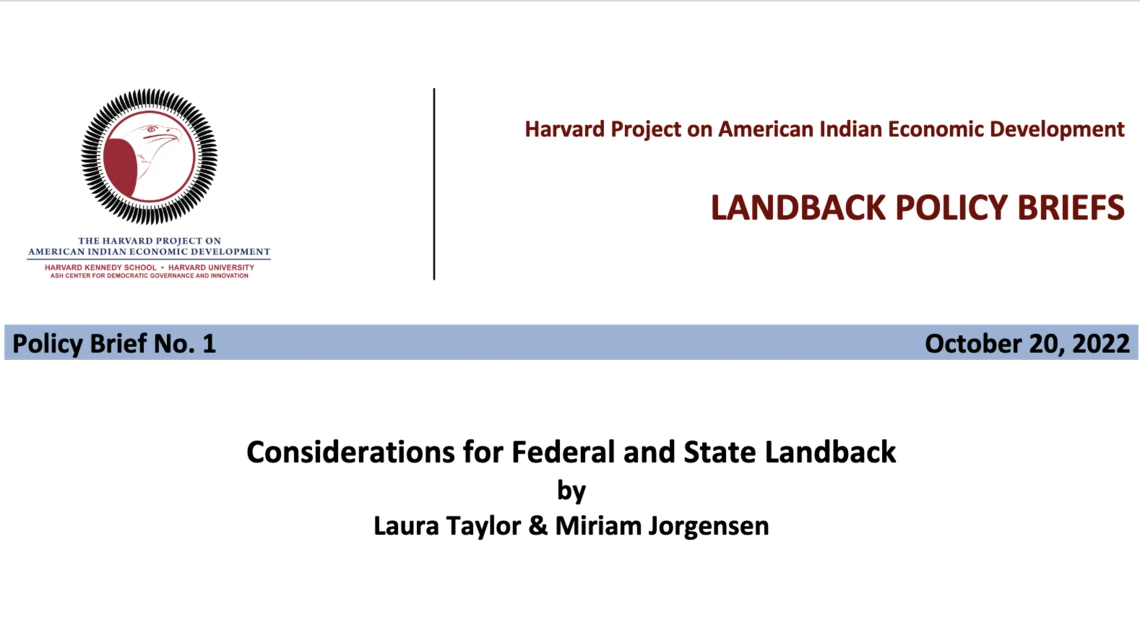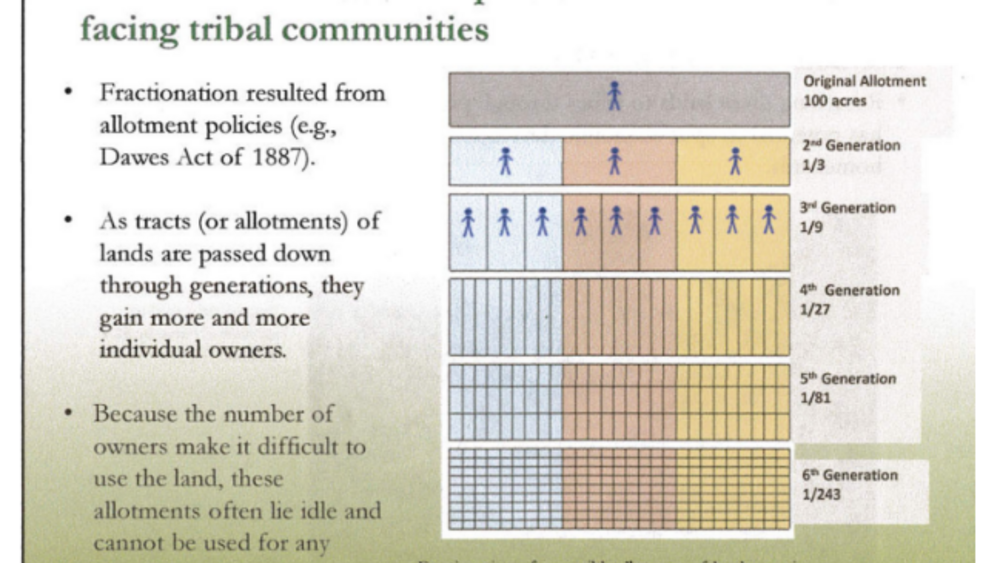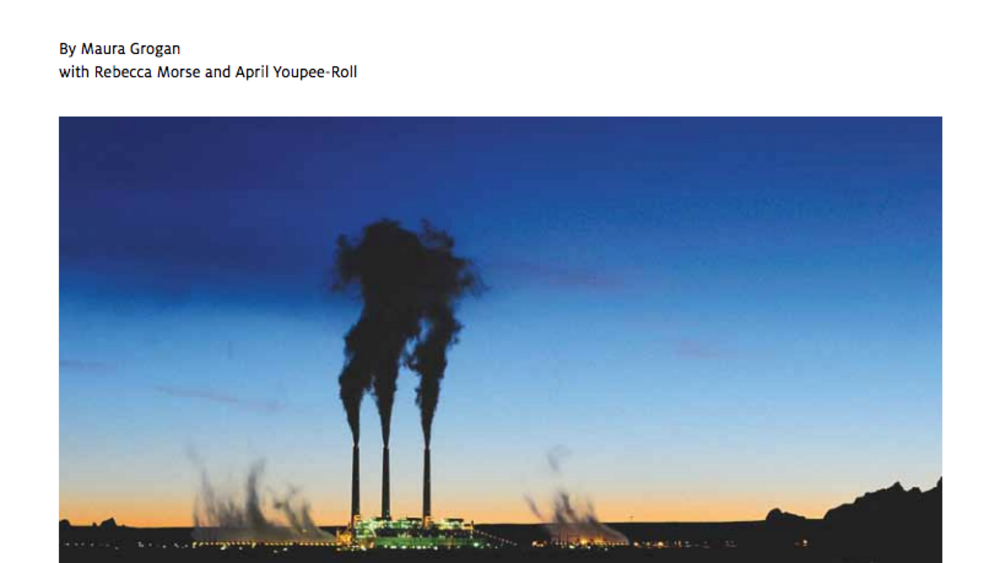This policy brief showcases how geographic information system (GIS) techniques can be used to identify public and/or protected land in relation to current and historic reservation boundaries, and presents maps showcasing the scope of landback opportunities.
These lands include federal- or state-owned or managed land within current external reservation boundaries; within former reservation boundaries; near or abutting current reservation land; and protected areas designated for conservation management (which can include land held in fee).
The sentiment to give all U.S. national park landback to the stewardship of Indigenous Peoples is gaining momentum. These areas indeed may provide a cohesive set of initial opportunities towards that aim, and can lean on management or co-management agreements in strategic areas that present win-win solutions for both public agencies and American Indian nations in expanding their footprint.
While historically the laws that diminished reservations were intended to create opportunities for private ownership and settlement by non-Indigenous people, it is in fact the case that, 140 years later, six federal agencies currently manage approximately one-third the land that had been within former reservation boundaries.
A quarter of land just outside of present-day reservation boundaries (within a 10-mile buffer) is managed by one of six federal agencies, largely made up of the Bureau of Land Management (11%) and the Forest Service (11%).
Identifying where these parcels are, especially in relation to current or former reservation land, is a powerful first step for tribes and government agencies to begin to develop strategies for landback. Making this information more accessible will help streamline the process.
Additional Information
Laura Taylor and Miriam Jorgensen. "Considerations for Federal and State Landback." Harvard Project on American Indian Economic Development. Published October 22, 2022.




